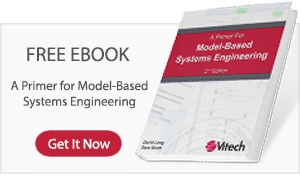We’re here to help.
Our customer support team is available to answer your questions regarding our software solutions.
We also provide a section below dedicated to frequently asked questions (FAQs) which may help you as you navigate through the software.
Submit a Support Ticket
The form below can be used for general support regarding installation and/or licensing-related issues.



